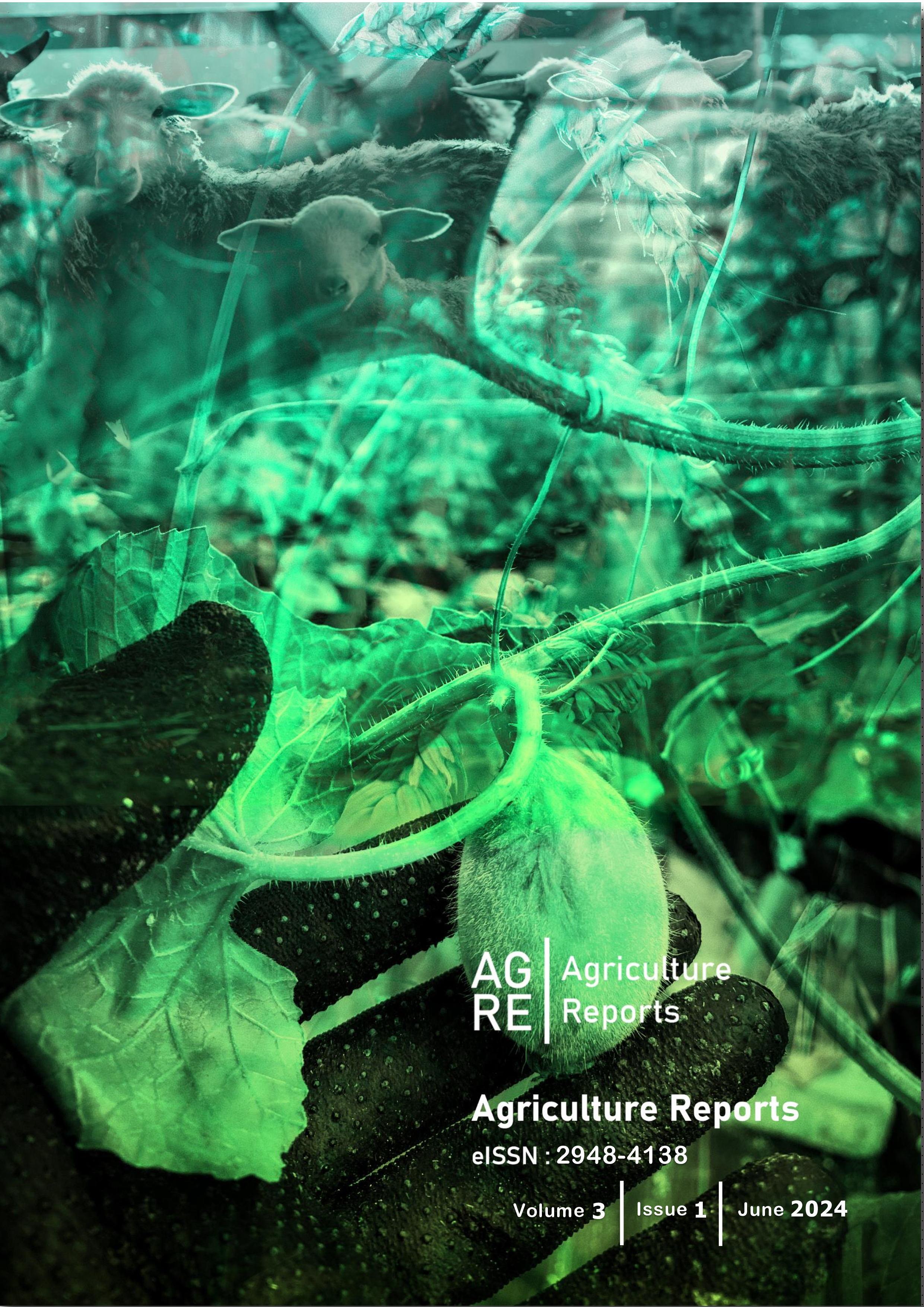Aquatic Weed Species Diversity, Abundance and Their Nutrient Values in The Lower River Benue, Ibi Local Government Area, Taraba State, Northeast, Nigeria.
Keywords:
Diversity, Abundance, Biodiversity, Aquatic weeds, Nutrient values and ecosystemAbstract
A twelve (12) week investigation was performed in the Lower River Benue (Ibi axis), to determine the diversity, abundance and distribution; nutrient values of some aquatic weed species; three (3) sections of the river were sampled amongst human activities. A total of thirty-five (35) individual aquatic weeds were recorded, nine (9) rooted individual species, ten (10) emergent individual species, ten (10) free floating individual species and six (6) individual submerged species were identified amongst stations. They comprise of fifteen (15) families and fifteen (15) orders; the highest harvested individual species was L. minor (1627) while the least individual species was M. pigra (917); a total of 41447 species of aquatic weed were recorded. Analysis of variance (ANOVA) showed significant difference in various physico-chemical parameters between stations. Pearson correlation was used to determine the relationship between the aquatic chemical property of the ecosystem, aquatic weed species abundance and diversity at (P<0.05) significant level. The highest temperature values (27.87±1.00ºC) were recorded in station A while the least (27.33±0.75ºC) were recorded in station B; the highest dissolve oxygen (4.77±0.23mg/l) were recorded in station A while the least (4.40±0.46mg/l) were recorded in station C; the highest pH value (8.37±0.31) were recorded in station B while the least (8.00±0.46) were recorded in station A; the highest total dissolved solid (0.28±0.20) were recorded in station B while the least (0.27±0.05) were recorded in station A. The proximate analysis of the samples was very promising for man and livestock consumption; it showed that P. stratiotes is the richest in crude protein content (17%) and carbohydrate content (13%) and least in fat and moisture contents, (8%) and (2%) respectively. Hence, P. stratiotes is highly recommended for animal (fish and livestock) feed formulation inclusion of its (16.63%) approximately (17%) crude protein with crude fiber (36%) and (13%) carbohydrate contents.
Downloads
Published
How to Cite
Issue
Section
License
Copyright (c) 2024 Agriculture Reports

This work is licensed under a Creative Commons Attribution-NonCommercial-ShareAlike 4.0 International License.


